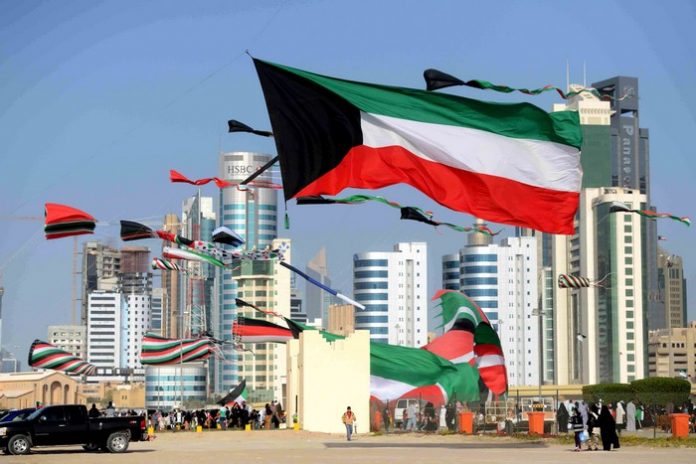Barely 100 hours after it began in the early hours of 24 February, 1991, Operation Desert Storm, the ground offensive by coalition forces against the Iraqi occupation of Kuwait, came to an end. Though there were a few pockets of resistance, the international coalition formed under the umbrella of the United Nations and led by the United States met with very little, if any, opposition as they swept through Kuwait and penetrated deep into Iraq.
Saddam Hussein had promised the “mother of all battles” against any army that attempted to retake Kuwait; but what ensued was the sight of thousands of Iraqi soldiers stationed in and around Kuwait surrendering en masse to the coalition forces, with some remnants of Saddam’s rag-tag army scurrying back to Iraq in whatever vehicles they could commandeer.
Shortly after news of the resounding victory of the coalition forces, the then US President George H.W. Bush declared that Kuwait, invaded by Iraq on August 2, was liberated, that Iraq had been defeated, and that the allies’ objectives had been met. “Seven months ago, we drew a line in the sand,” said the president. “We said that aggression would not stand. America and the world have kept its word.”
Exactly eight decades before Kuwait’s Liberation Day, the US-based Arabian Mission of the Reformed Church arrived in Kuwait to build the country’s first dispensary in 1911 and school. The dispensary eventually grew to become a full-fledged hospital and school became the first English language school in the country. One Dr. Eleanor Calverley, who was appointed to look after the health of women in Kuwait became the first lady physician in the country, and was a welcome relief to many women patients who were unwilling to be examined by male doctors.
Though initially there were some who viewed the American medical presence in the country with suspicion and hostility, appreciation for the hospital and its value to the public surged in 1920, when Kuwait came under attack by tribes from the central Arabian Peninsula. The wounded and maimed in battle sought treatment at the hospital, and, to the credit of the physicians and nursing staff there, the lives of 100 of the 104 critically wounded were saved. Gratitude to the medical staff and trust in the hospital grew immensely and soon the ‘Americani’, as it was referred to by the locals, became a respected institution in the country.
From this early American medical facility and school began what would become a long legacy of relations between the United States and Kuwait. In the ensuing decades, oil was discovered in Kuwait, the country gained independence and then set out on the path towards becoming a rich, modern developed nation. In the seventies and eighties, Kuwait’s independent foreign policy often found it at odds with the interests of the United States and the two countries enjoyed for the most part an on-and-off frayed friendship. It is ironic that, just as in 1920, it took another war to bring the two nations and peoples together.
In a speech given on the occasion of commemorating the 25th anniversary of the liberation of Kuwait in 2016, former US Ambassador to Kuwait H.E. Douglas A. Silliman noted that people usually learn from difficult periods in its history and graduate with the lessons learned. This, he said, serves as a motivation for the development and progress of the country.
Since liberation in 1991, Kuwait has remained committed to a path of peace and prosperity through upholding democracy and emphasizing national unity and development as its priorities. Kuwait is also aware that remembering the past is vital to the present and future of the country, as it enables each new generation to learn about the value of freedom and the high-price paid by their forebears to ensure Kuwait remains free forever.

















